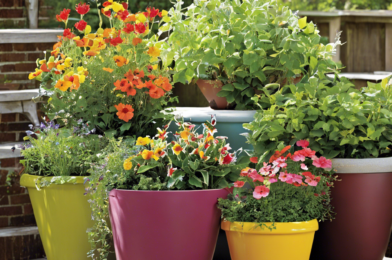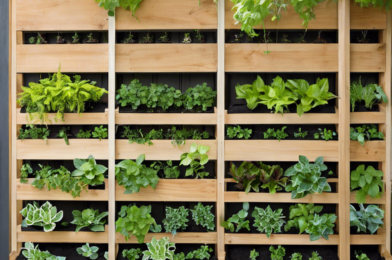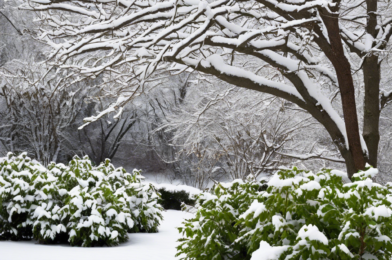Container gardening is an innovative and space-saving solution for those with a penchant for gardening but limited outdoor areas. Whether you have a small balcony, a tiny patio, or even just a windowsill, container gardening allows you to bring nature into your home and create your own urban oasis. With a few simple tips and tricks, you can transform your small space into a lush and vibrant garden that will be the envy of your neighbors.
One of the greatest advantages of container gardening is the flexibility it offers in terms of plant choices. Almost any type of plant can be grown in a container, from colorful annuals and perennials to vegetables, herbs, and even small trees and shrubs. This means that no matter your climate or space constraints, you can create a garden that is tailored to your tastes and needs. For example, why not try growing your own herbs in a windowsill garden? Not only will they look beautiful, but you’ll also have a fresh supply of flavors to enhance your cooking.
When it comes to containers, the options are endless. You can choose from a variety of materials, including clay, plastic, wood, metal, or even recycled items such as old buckets or barrels. The size and shape of the container will depend on the plant’s root system and its aesthetic appeal. While larger pots may be necessary for plants with extensive roots, don’t be afraid to mix and match pots of different sizes and heights to create a dynamic and interesting display. Hanging baskets and wall-mounted containers are also great options for those with limited floor space.
The beauty of container gardening lies not only in its practicality but also in the creative freedom it offers. Arranging pots, planters, and containers of various shapes, sizes, and colors allows you to design a unique and personalized garden. Group pots together to create focal points or use tall, narrow containers to add height and structure to your arrangement. You can also play with color and texture by combining flowering plants, foliage, and grasses to create visually appealing compositions.
Sunlight is an essential consideration when creating your container garden. Observe the natural light in your space throughout the day to determine the best spots for your plants. Full sun, partial sun, or shade-loving plants can be strategically placed to ensure they receive the light they need. Remember, containers can also be moved, so you can reposition them throughout the year to chase the sun or protect them from excessive heat.
Soil is another key element in the success of your container garden. Using a high-quality potting mix specifically designed for containers will provide your plants with the nutrients they need and ensure proper drainage. Regular watering is crucial, as containers tend to dry out more quickly than traditional garden beds. Investing in self-watering containers or adding water-retaining gels to the soil can help reduce the amount of maintenance required.
Feeding your plants with a balanced fertilizer will also promote healthy growth. Follow a regular fertilizing schedule, typically every two weeks during the growing season, to provide your plants with the necessary nutrients. When choosing plants for your container garden, look for those that thrive in containers, such as petunias, impatiens, pansies, and tomatoes. Herbs like basil, rosemary, and thyme also do well in pots, providing fresh flavors for your kitchen.
Container gardening allows you to express your creativity and experiment with different plant combinations. Don’t be afraid to try new things and change up your arrangements. Gardening in containers also makes it easy to swap out plants seasonally, keeping your space vibrant and exciting. Finally, don’t forget to include yourself in your garden design. Create a comfortable seating area where you can relax and enjoy the beauty of your container garden, no matter how big or small.
Container gardening is an accessible and rewarding hobby for anyone, regardless of space constraints. By choosing the right plants, containers, and gardening techniques, you can transform your small outdoor space into a vibrant and peaceful oasis. So, get creative, roll up your sleeves, and start crafting your own little piece of nature in the heart of your urban surroundings. Happy gardening!



